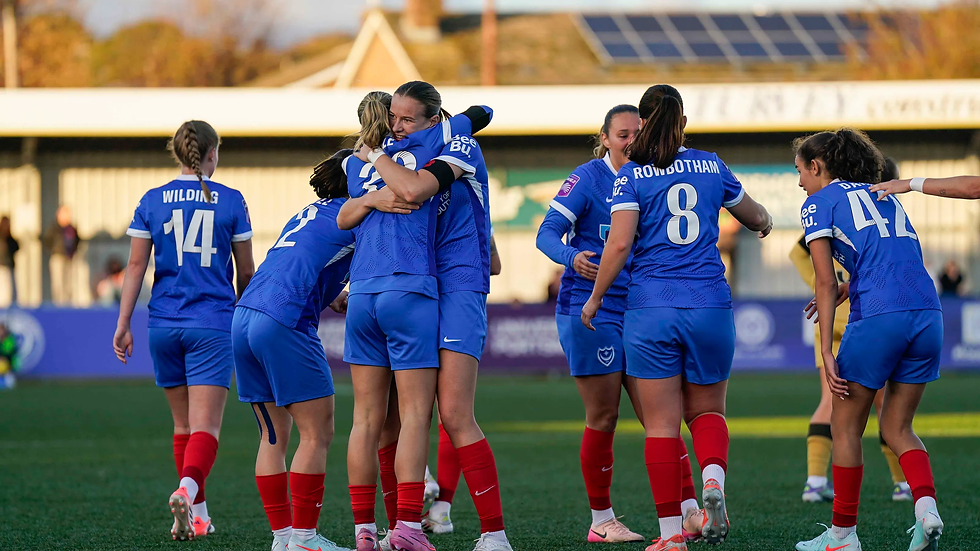Growth & History of Women's Football
- Her Way To Glory

- Dec 26, 2024
- 3 min read
HERWAYTOGLORY
✍️Nancy Paisey

We are now well and truly into the 2024/25 season with many exciting
situations waiting for us as fans as well as the players.
Women’s football today is at it’s peak with stadium attendance records being
broken, the fan base being bigger than ever, and the number of female
coaches increasing by 88% from 2020. Whilst all of this is amazing and it's so
rewarding to see the growth of the women’s game, we can’t help but to think
about the history of women’s football that massively helped to get to where we
are today.
The first recorded women’s football match was played on the 7th of May in
1881 between a supposed “England” and “Scotland” team in Edinburgh. For
their first match, there was said to be a crowd of around 2,000 who witnessed
the first goal of Lily St Clair. The game ended 2-0 declaring Scotland as the
winners.
By 1921, there were around 150 women’s football clubs- perhaps
foreshadowing the bright future of the women’s game. Despite the increasing
popularity, many questioned if football was damaging women’s
health and was noted as the “most unsuitable game” for the woman's body.
The first UEFA Women’s European Championship game took place in 1984. The tournament was
won by Sweden on penalties against England and was watched by a crowd of
over 5,000. However, money and sponsorship was scarce and the women’s
football organisation was run by volunteers.
The Barclays Women’s Super League was launched in 2011 as the highest
level of women’s football in England. 8 clubs out of 16 were successful. For
example; Bristol Academy, Chelsea, Lincoln Ladies, and Liverpool.
The launch of the Women's Super League (also known as The WSL) attracted Alex Scott and Kelly Smith back to Arsenal after three years with Boston Breakers. In 2018, the WSL introduced a new
full-time, professional stage.
Since then, Barclays were announced as the title sponsors of the league, games
were advertised on billboards and digital screens all around the country
making fixtures more well known and more spoken about. In November of
2019, a record breaking crowd of 38,262 attended the North London derby
between Arsenal and Tottenham. Arsenal took the 2-0 win, which pleased
many Gunners.
And in March of 2021, the FA announced their broadcast deal with Sky Sports
and the BBC which made the WSL become more seen than ever before.
Ever since the Lionesses won the Women's Euros in 2022, the women’s game has
continued to expand. There are now around 10,300 more girls playing
competitively and 34,000 more women and girls playing football recreationally.
On top of that, there are now 247 new female referees and 298 new female
coaches.
And now we have the WSL that we all know and love. In December of 2023,
the record attendance of a WSL game was broken with 47,367 people
watching yet another North London derby at the Emirates stadium. It is also to
note that Chelsea has won the WSL seven times and it is looking likely that it
could grow to eight.
On the 2nd of December, it was also announced that as of the 2025/26
season, all 132 women’s championship match will be streamed live through
either YouTube or Sky Sports. These will be free to air to hopefully further
encourage the growth of women’s football.




Comments